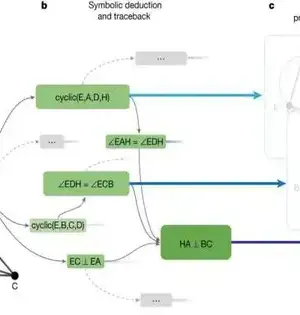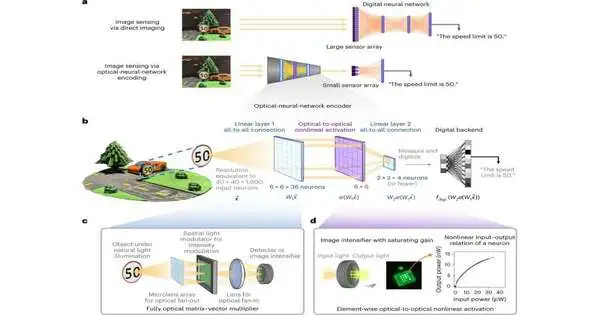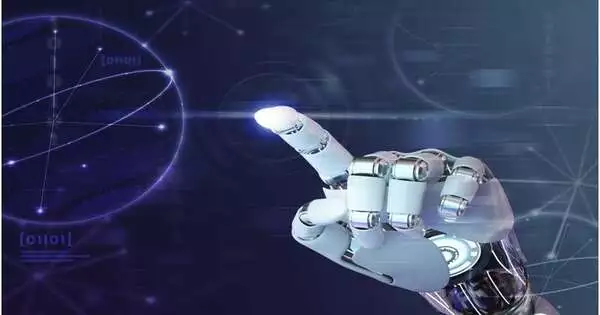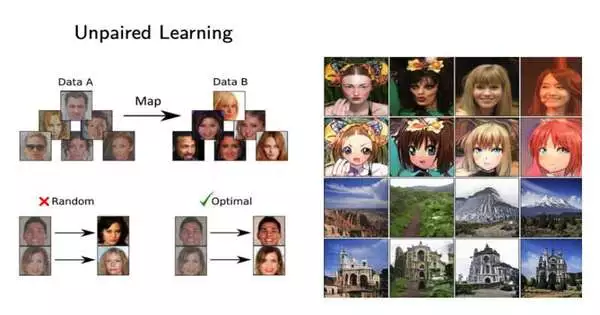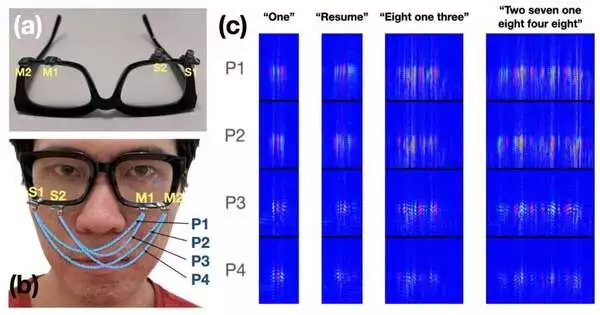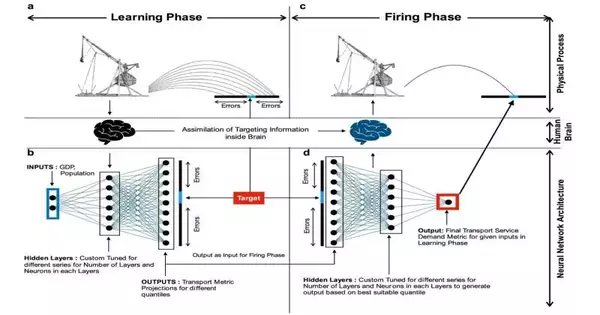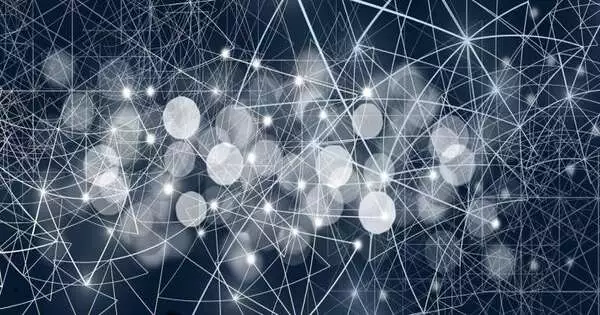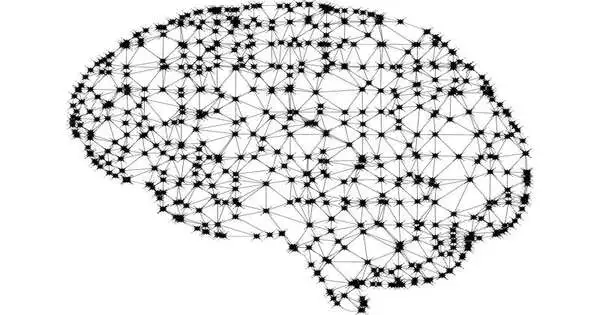An optical neural network (ONN) that can filter relevant information from a scene before the visual image is detected by a camera has been developed by Cornell researchers. This method may make it possible to construct image sensors that are smaller, faster, and use less energy. Researchers in the lab of assistant professor of applied and engineering physics Peter McMahon at Cornell Engineering have been able to demonstrate that ONN pre-processors can achieve compression ratios of up to 800-to-1—the equivalent of compressing a 1,600-pixel input to just 4 pixels—while still enabling high accuracy across several representative computer-vision tasks. This research
Machine learning & AI
The bright and dark sides of AI have been in the spotlight for years. Think facial recognition, credit recommendation algorithms and verdicts, and medical image analysis. But the impressive and sometimes terrifying features of ChatGPT, DALL-E 2, and other conversational and image-generating AI programs seem to be the tipping point. The most significant change in the last year has been the emergence of powerful generative AI. The software not only learns from large amounts of data but also creates things like coherently written documents, compelling stories, realistic images, and voiceovers of famous people. Generative AI has been around for nearly
Before being tested and introduced in actual environments, AI-powered robots are typically trained in simulation environments. Without having to buy hardware, assemble robots, transport them to distant locations, or jeopardize the real-world security of the deployed systems, these environments enable developers to safely test their machine learning techniques on a variety of robots and in numerous potential scenarios. The field of embodied AI research, which is focused on the creation of autonomous robots, recently received a new simulation platform created by Amazon Alexa AI. The Alexa Arena platform was introduced in a paper that was pre-published on arXiv and is
An innovative algorithm for neural network-based optimal data transfer between domains has been created by researchers from Skoltech and the Artificial Intelligence Research Institute (AIRI). The new technique can be trained on independent datasets from the input and output domains, unlike the majority of comparable methods that need paired training datasets, such as input-output samples. Compared to other existing methods, the algorithm yields a more understandable result and is theoretically sound. Large training datasets, which are difficult to come by, are needed by contemporary machine learning models for applications like face or speech recognition and medical image analysis. Because of
Researchers at Cornell University have created a silent-speech recognition interface that employs artificial intelligence and acoustic sensing to continuously recognize up to 31 unvocalized commands based on lip and mouth movements. Just a few minutes of user training data are needed for the wearable, low-power EchoSpeech interface before it is ready to run on a smartphone and recognize commands. The lead author of "EchoSpeech: Continuous Silent Speech Recognition on Minimally Obtrusive Eyewear Powered by Acoustic Sensing," which will be presented this month at the Association for Computing Machinery Conference on Human Factors in Computing Systems (CHI) in Hamburg, Germany, is
Current AI-generated music has been found to be inferior to music that has been composed by humans, according to researchers at the University of York. They have also demonstrated that there are flaws in AI music generation algorithms that could violate copyright, and they have created guidelines to assist others in assessing the systems they are using. In the study, 50 highly musically knowledgeable participants listened to musical excerpts, some of which were taken from authentic human-composed works and others of which were produced by deep learning (DL), a kind of artificial neural network, and non-DL algorithms. To ensure that
The stringent requirements for sustainability and applicability that advanced materials must meet cause them to become more complex over time. By combining physics-based simulations with artificial intelligence, Dierk Raabe and colleagues examined the use of AI in materials science and the unexplored areas it opens. AI has several benefits over conventional simulation techniques, and it will be crucial for the future of material sciences. In high technology, mobility, infrastructure, green energy, or medicine, advanced materials are urgently needed for daily life. The complexity of chemical compositions, structures, and desired properties, however, places restrictions on traditional methods of finding and investigating
New research from University College Cork (UCC) and Columbia University will increase the precision of forecasting future demand for passenger and freight transportation, which together account for 20% of the world's greenhouse gas emissions. According to UN estimates, by the year 2050, there may be about 9 point 7 billion people on the planet, up from 7 point 7 billion in 2019. There will probably be more demand for transportation services as a result of the growing population and economy. For climate policy, lowering emissions related to transportation remains a significant challenge. Up until now, tasks involving forecasting transport demand
Researchers at the University of Surrey have developed software that can confirm how much data an AI data system has sourced from an organization's digital database in light of the increasing interest in generative artificial intelligence (AI) systems around the world. In order to determine whether AI has learned too much or even accessed sensitive data, an organization can use Surrey's verification software as a component of its online security protocol. The software is also able to determine whether AI has discovered and is capable of using software flaws. For instance, in the context of online gaming, it could be
In data analysis, probabilistic machine learning methods are becoming more and more potent tools, informing a variety of crucial decisions across disciplines and applications, from forecasting election results to predicting the effect of microloans on reducing poverty. To deal with uncertainty in decision-making, this class of methods employs sophisticated concepts from probability theory. To determine their accuracy and efficacy, however, more factors must be considered than just math. In a typical data analysis, researchers make a lot of subjective decisions or may introduce human error; these decisions must also be evaluated to build users' confidence in the caliber of decisions
